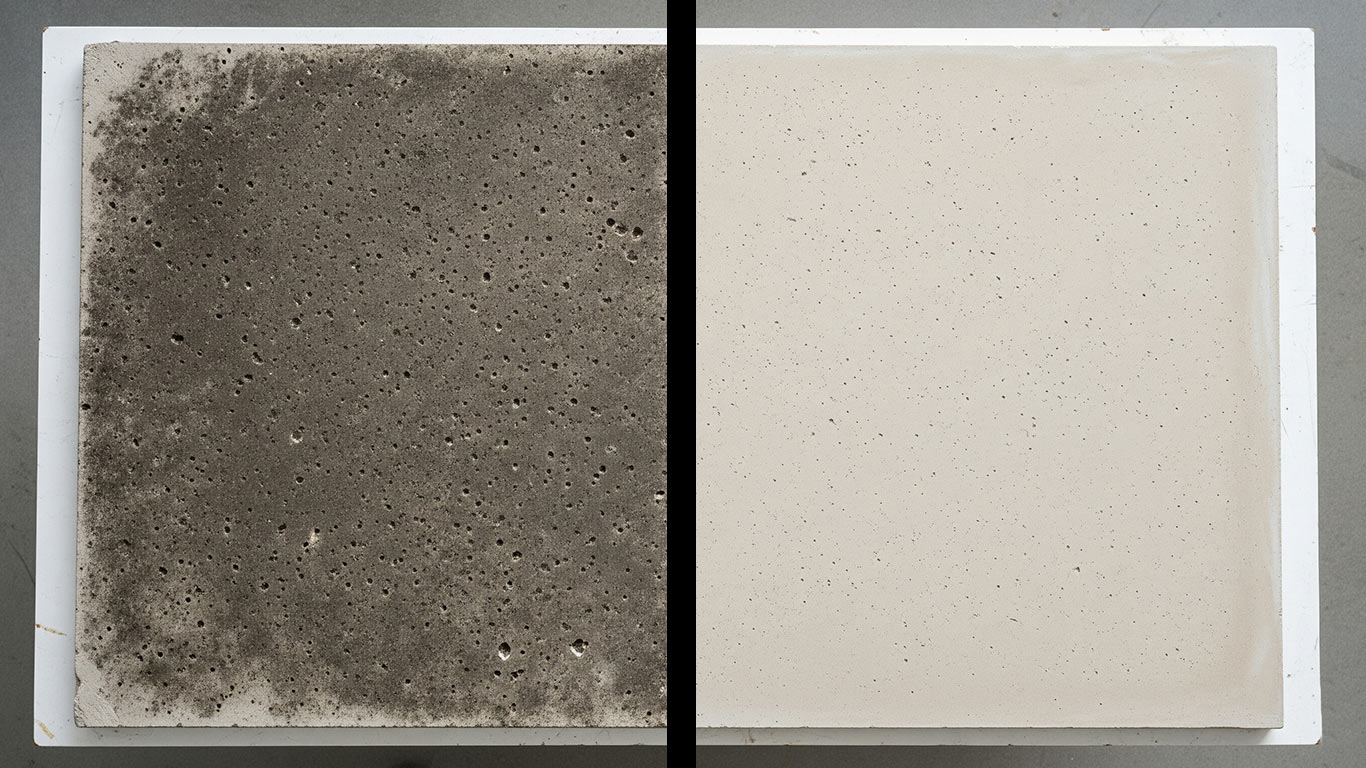
FDA
FDA 21 CFR 1040.10 - Laser Product Performance Standards



Cement, this dense masonry material, exhibits strong compressive resistance yet remains brittle under tension, which influences its laser processing. It seems that surface contaminants detach tenaciously from its porous structure, enabling precise cleaning in historical preservation, though thermal stresses manifest challenges dependent from exposure intensity.
I've seen the contaminated cement surface up close, and it looks rough with layers of grime clinging tight to every pore. Dust and debris scatter across the uneven texture, making the whole area appear dull and patchy under magnification. Cracks weave through it all, trapping more filth that dulls the original solid form.
After the laser treatment, the clean cement surface shines with a fresh, even glow that reveals its true sturdy grain. Smooth patches emerge where the buildup once hid, and the material

FDA 21 CFR 1040.10 - Laser Product Performance Standards

ANSI Z136.1 - Safe Use of Lasers

IEC 60825 - Safety of Laser Products

OSHA 29 CFR 1926.95 - Personal Protective Equipment
License: Creative Commons BY 4.0 • Free to use with attribution •Learn more